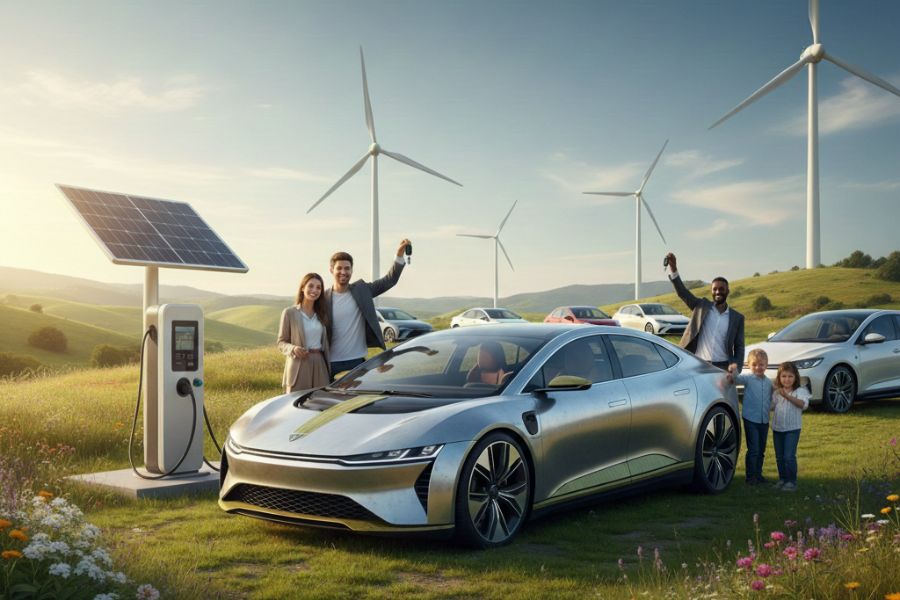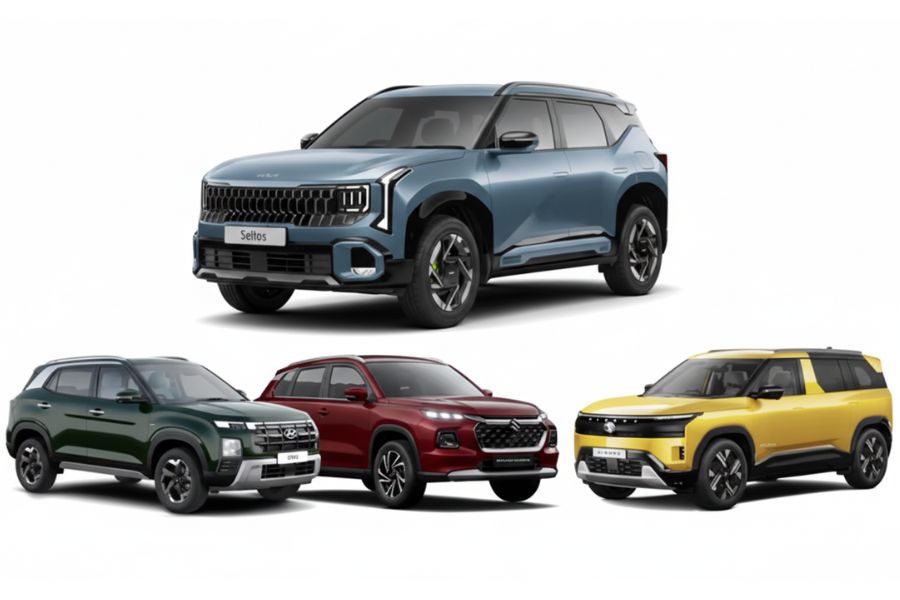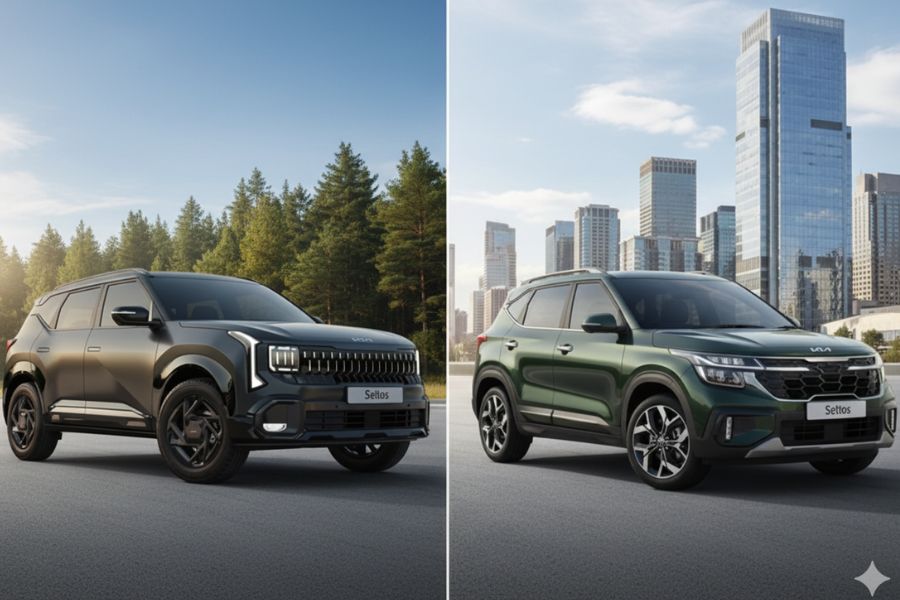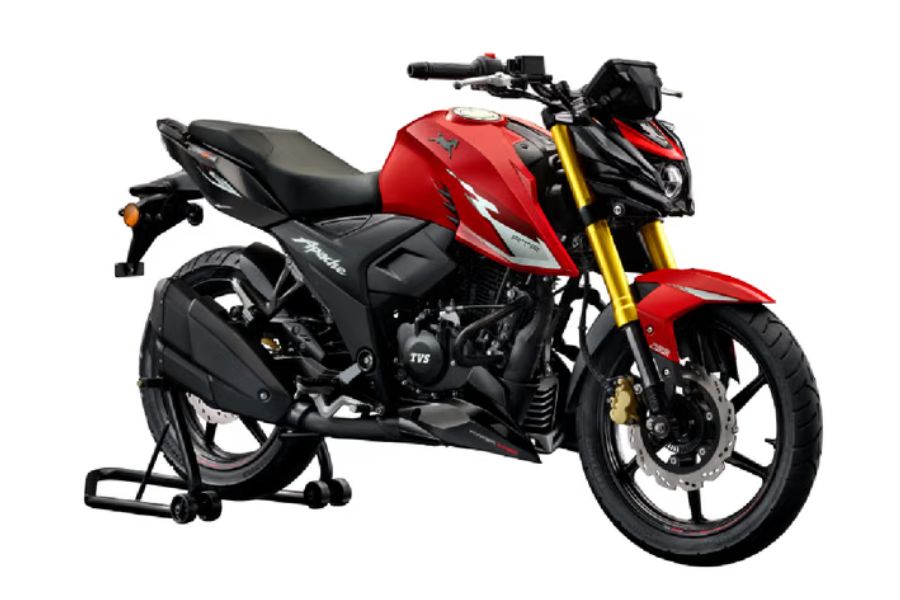The Indian government has drafted the next revision of its Corporate Average Fuel Efficiency (CAFE) regulations—popularly known as CAFE 3 norms. These upcoming rules, applicable to all passenger vehicles under the M1 category (up to 9 seats and 3,500kg kerb weight), aim to tighten carbon-emission targets for manufacturers.
Interestingly, the proposal also introduces a relaxation for select small petrol cars. Under the draft, vehicles that:
-
Measure less than 4 metres in length
-
Have a petrol engine up to 1,200cc
-
Carry an unladen kerb weight below 909kg
…will qualify for an emission reduction credit of 3g/km per car, with a maximum allowable benefit of 9g/km per reporting cycle.
If the draft is enforced in its current form, these compact hatchbacks will help manufacturers offset stricter corporate fuel-efficiency targets. Here’s a detailed look at the models likely to benefit.
1. Maruti Suzuki S-Presso
Length: 3.565m • Engine: 998cc • Kerb weight: 736–775kg
The S-Presso, currently one of the country’s most budget-friendly cars after the recent GST revision, fits perfectly within the CAFE 3 criteria. Its lightweight construction, compact footprint and 1.0-litre three-cylinder petrol engine make it an ideal beneficiary of the emission-relaxation clause.
Price range: ₹3.50 lakh–₹5.25 lakh (ex-showroom)
2. Maruti Suzuki Alto K10
Length: 3.53m • Engine: 998cc • Kerb weight: 730–754kg
Among all contenders, the Alto K10 is the lightest, easily clearing the weight threshold. It shares its engine with the S-Presso and remains one of India’s most accessible city hatchbacks. Its extremely low kerb weight means significant compliance advantages for Maruti under the new norms.
Price range: ₹3.70 lakh–₹5.45 lakh
3. Renault Kwid
Length: 3.731m • Engine: 999cc • Kerb weight: 732–782kg
The only non-Maruti model in the list, the Renault Kwid is another sub-4-metre hatchback with a frugal 1.0-litre petrol engine. Its kerb weight well under 909kg ensures it comfortably fits the draft criteria. As Renault’s most affordable product in India, the Kwid’s inclusion could strengthen the brand’s compliance buffer.
Price range: ₹4.30 lakh–₹5.99 lakh
4. Maruti Suzuki Celerio
Length: 3.695m • Engine: 998cc • Kerb weight: 810–835kg
Famed for offering one of the best fuel-efficiency figures among petrol cars in India (up to 26kpl claimed), the Celerio naturally aligns with the philosophy behind CAFE norms. Its compact proportions, 1.0-litre engine and lightweight design put it well within the qualifying bracket.
Price range: ₹4.70 lakh–₹6.73 lakh
5. Maruti Suzuki Wagon R
Length: 3.655m • Engines: 998cc & 1197cc • Kerb weight: 825–860kg
A long-time bestseller, the Wagon R offers two petrol engine options—both within the 1,200cc limit. Despite its tall-boy design, the kerb weight remains below the 909kg ceiling. With nearly 19,000 units sold in October 2025 alone, this model’s eligibility is particularly significant for Maruti’s fleet-wide emission compliance.
Price range: ₹4.99 lakh–₹6.95 lakh
6. Maruti Suzuki Ignis
Length: 3.70m • Engine: 1,197cc • Kerb weight: 840–865kg
The Ignis is the only model from Maruti’s premium NEXA network that meets the proposed CAFE 3 relaxation requirements. Its 1.2-litre petrol engine, compact footprint and modest weight ensure it fits under all thresholds. This makes it another useful contributor to lowering the brand’s overall CO₂ average.
Price range: ₹5.35 lakh–₹7.55 lakh
Why These Cars Matter Under CAFE 3
If the draft norms are finalised, manufacturers with qualifying models will gain measurable flexibility in meeting future emission mandates. These small, lightweight, fuel-efficient petrol cars will help offset emissions from heavier, more powerful vehicles in their respective portfolios.
The CAFE 3 regulations are still in the proposal stage, but once formalised, they could influence product planning, powertrain strategies and even pricing across India’s budget-car segment.
Read More:




